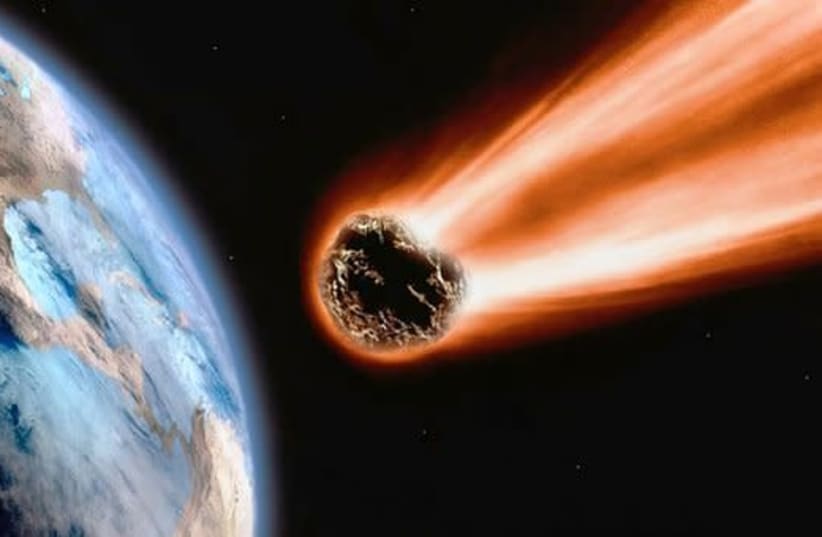According to a new study published in the academic journal Science, that may have been exactly what happened.
The study examined fossilized pollen and leaves in Colombia to determine how the asteroid impact that wiped out the dinosaurs affected life. While the findings did show that there was widespread impact among species, such as widespread extinction, the very structure of the forest was also impacted.
According to The Washington Post, 45% of all local plant life became extinct as flowering plants took over. The forest canopy became denser and the rainforest more diverse and stratified.
How this change occurred? There are a number of possibilities.
One idea the researchers floated is that the asteroid itself left ash. This ash could possibly have led to soils being enriched, which could have led to a better environment for flowering plants.
It's also possible that plants like conifers, which were originally widespread in the area, were simply more vulnerable. It is known that conifers - modern-day examples being cedars and pine trees - were once the predominant trees in the world. However, they are known for being very susceptible to fire and extreme heat, as their thin bark and, in the case of pine trees, the pine needles and resin are all very flammable.
A third possibility considered by the researchers has to do with the dinosaurs themselves. Trees like conifers are known to have been the main food source for many herbivore dinosaurs, and as such, it is possible that dinosaur migration patterns and feeding habits helped maintain the previously open structure of the forest. Without the dinosaurs, this completely changed.
It is likely that all these factors could have collectively played a role. After all, the needles and resin that help make conifers so susceptible to heat and fire were likely developed as a means of protection against some herbivores.
But while the truth remains unclear, the end result is unsurprising. After all, the asteroid impact wiped out more than just the dinosaurs – according to scholars, at least 75% of all life on Earth was completely wiped out.
The asteroid itself is widely considered to have been the Chicxulub impactor (also known as the K/Pg impactor), which formed the Chicxulub crater in what is now Mexico. That impact was unprecedented, and led to this widespread extinction event that, in turn, paved the way for new evolutionary opportunities that changed the world forever.
This is best described by the scientists in another study in the same journal: “A global catastrophe involving a mass extinction produces a different world.”
